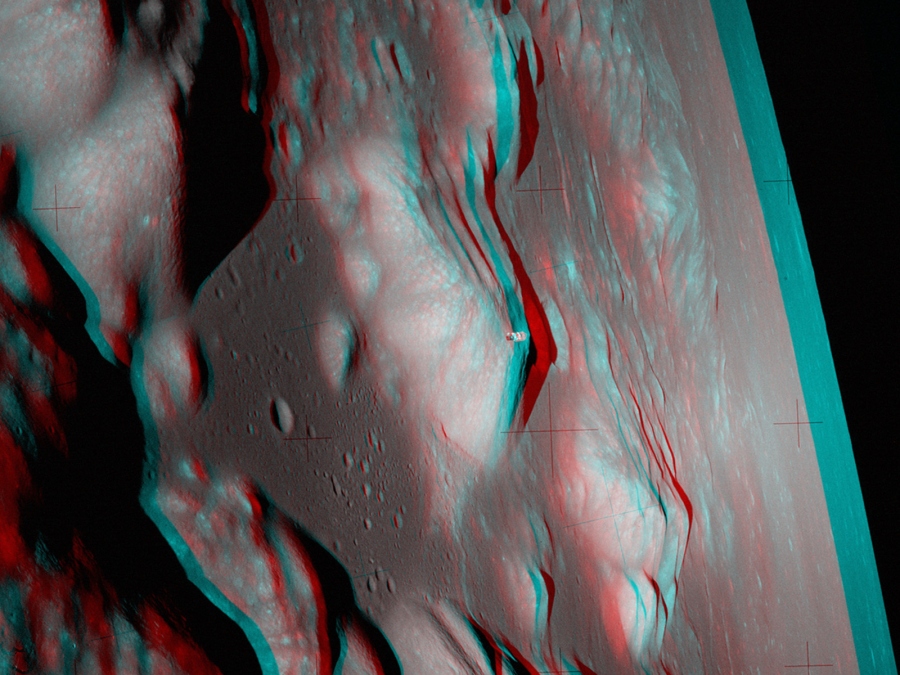哈勃太空望远镜从著名的星表中观察星系
This bright, somewhat blob-like object — seen in this image taken by the NASA/ESA Hubble Space Telescope — is a galaxy named NGC 1803. It is about 200 million light-years away, in the southern constellation of Pictor (the Painter’s Easel). NGC 1803 was discovered in 1834 by astronomer John Herschel. […]










